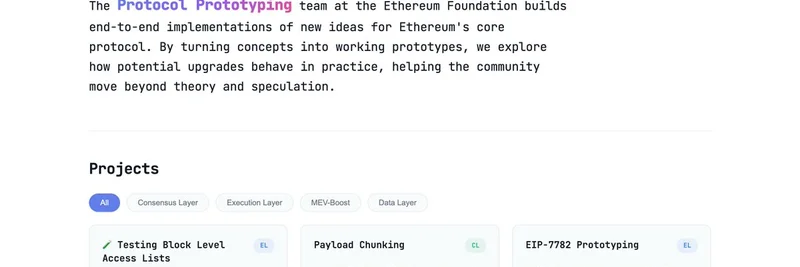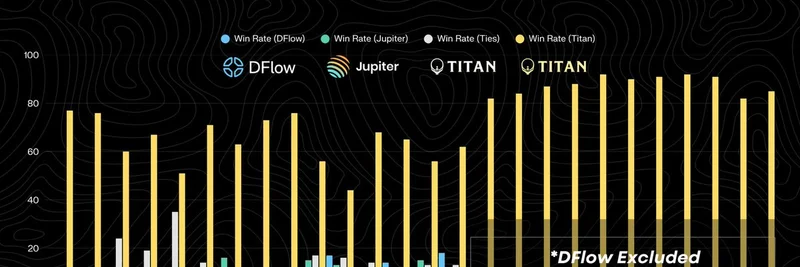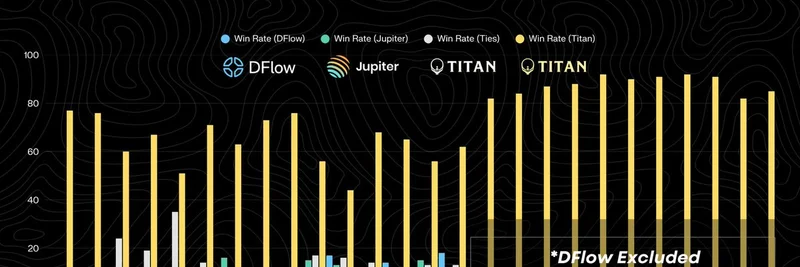In the fast-paced world of crypto, where meme tokens like SHIB can skyrocket overnight, big predictions from industry vets always turn heads. Recently, on The Rollup's "Money Moves Fast" podcast episode 7, Tony McLaughlin, founder of Ubyx and a former Citi payments exec with over 30 years in traditional finance, dropped a bombshell. He boldly stated, "Every bank and fintech on the planet will offer a wallet because that's the new form factor to deal in this world of tokens and chains." This clip, shared in a tweet by The Rollup, has sparked buzz about the future of stablecoins and how it ties into the wild meme token scene.
Let's break it down. Tony McLaughlin isn't just any talking head—he's the brains behind Ubyx, a stablecoin clearing system designed to make depositing stablecoins from various issuers into everyday bank and fintech accounts seamless. Think of stablecoins as digital dollars pegged to real-world currencies, like USDT or USDC, which provide stability in the volatile crypto market. Ubyx aims to bridge the gap between traditional finance (TradFi) and decentralized finance (DeFi), allowing anyone to handle multi-currency stablecoins without the usual headaches.
In the podcast clip, McLaughlin envisions a world where wallets become as common as checking accounts. Wallets here refer to digital crypto wallets, apps or devices that store your tokens securely and let you transact on blockchains. If banks and fintechs jump on board, it means mainstream adoption could explode. Imagine logging into your bank app and seamlessly swapping fiat for meme tokens or using stablecoins to buy into the next viral project.
Now, why does this matter for meme tokens? Meme tokens thrive on hype, community, and quick trades—think Dogecoin or newer ones like RECALL or HIBACHI, which popped up in the podcast's ticker. These tokens often lack utility but gain value through social momentum. However, trading them can be clunky: you need to bridge funds across chains, deal with high fees, or navigate sketchy exchanges. With universal wallets from trusted banks, onboarding new users becomes effortless. No more fumbling with seed phrases or fearing hacks—your grandma could buy into a cat-themed token if she wanted.
This shift could pump liquidity into meme ecosystems. Stablecoins act as the on-ramp: traders use them to enter positions without wild price swings. Projects like Ubyx make stablecoin transfers faster and cheaper, potentially lowering barriers for meme token launches and trades. Plus, with AI-integrated tokens like those from TALUS or SQD networks showing up in discussions, the blend of stable infrastructure and meme fun could create hybrid beasts—memes with real tech backing.
Of course, it's not all moonshots. Regulatory hurdles remain, as McLaughlin's background in regulated liability networks suggests. Banks adopting wallets means navigating compliance, but if done right, it could legitimize meme tokens, attracting institutional money. We've seen SHIB evolve from a joke to a billion-dollar asset; imagine that on steroids.
The tweet also garnered a quick reply praising the interview and echoing that "wallets are the future of personal finance." It's a sentiment resonating across the crypto community, especially as projects like RELAY (for cross-chain swaps) and ENSC (a Naira-backed stablecoin) gain traction.
If McLaughlin's prediction holds, the meme token space could see unprecedented growth. Keep an eye on Ubyx and similar innovations—they might just be the stable foundation memes need to go mainstream. For the full clip and discussion, check out the original tweet. What's your take—will banks really embrace crypto wallets, and how will it change the game for meme tokens?



